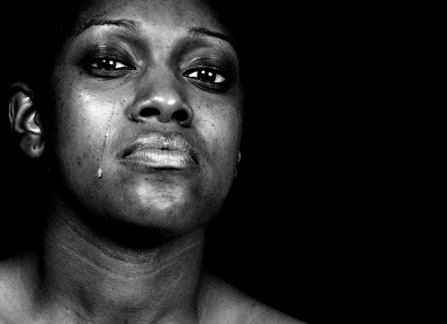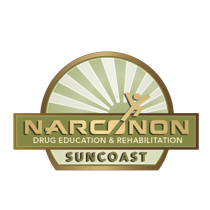African Americans—Some of the Most Affected by the Opiate Crisis

When it comes to the opiate crisis in the United States, most people have a mental image of who the most commonly affected type of people affected by this epidemic. Back in the day, in most people’s minds, the “typical” junkie was a white person shooting up heroin under a bridge in the middle of a city, in the outskirts of a town, or they were the homeless man or woman asking you for spare change when you’re walking out of the grocery store. Over time, the “typical” addict has changed. Now, a lot of people think of white kids from suburban communities who got hooked on painkillers and subsequently got onto heroin, such as your high school athletes, or your studious 20-somethings in college. That’s who we think the opiate crisis has hit the hardest, but we couldn’t be more wrong.
In a recent report by the Chicago Urban League, the opiate crisis was evaluated in the city and showed that the African-American community was some of the hardest hit. The black community makes up about 32% of the population in the city but accounts for roughly half of all opioid-related deaths. Apparently, that statistic follows the same pattern in other areas of the country, such as Wisconsin and West Virginia where African American overdose rates surpass those of the white community. The CDC recently reported that opiate overdoses have risen substantially within the black community in cities nationwide. The New York Times analysis of the opiate crisis revealed that black people between 45 and 64 years old are some of the most affected by overdose and death associated with opioid abuse.
The U.S. Surgeon General said on Twitter, “In 2016, Black and African American youth 12 to 17 were more likely than whites to have used opioids in the past year. This data shows that we are moving in the wrong direction, and may be a precursor to even more opioid overdose fatalities in the black community in coming years.”
The problem is that typically the media covers white, rural, and suburban communities in regard to the opiate crisis and talk about all the chaos and devastation but only in one demographic. The reality is that many other racial groups have been irreparably harmed by the opiate problem, including Native Americans who, by 2014, had the highest overdose death rate by opiates.
Week by week, day by day, and hour by hour, the opiate crisis pushes forward, leaving nothing but devastation, chaos, heartache, and loss in its wake and it’s not only happening to white people. We need to get the picture out of our heads of the J Crew and Abercrombie & Fitch-looking white kids as being the main victims of the opiate crisis because it’s happening to everyone. We can’t overlook the massive amount of overdose deaths in the African American and Native American communities. The fact of the matter is, we’re all people and we all have the ability to overdose and die. We need to come together as mankind, to beat this thing. White, black, it doesn’t matter. What matters is that we stop the needless loss of human life and get this whole chaotic mess under control once and for all.
